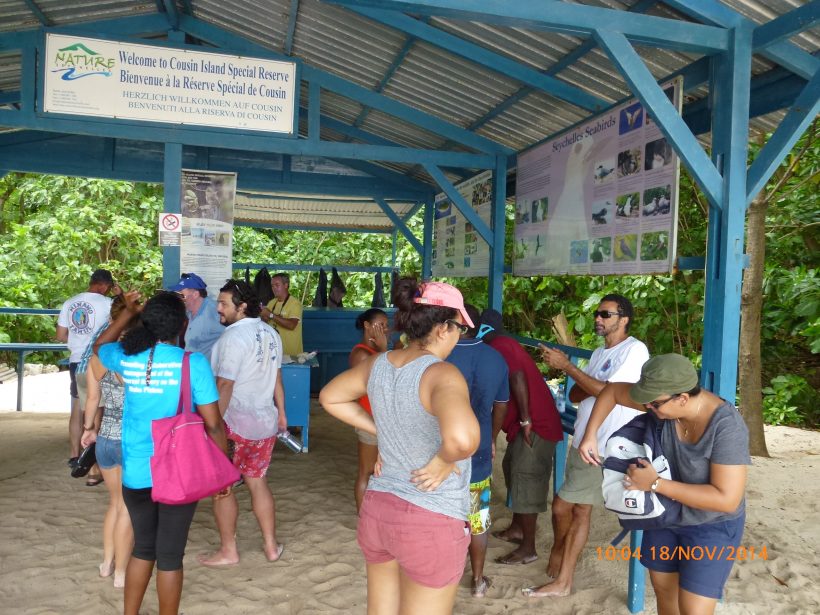Available evidence and the decisions adopted by Parties to the Convention on Biological Diversity (CBD) indicate that a significant gap remains in finance for biodiversity management. Countries need to scale up their efforts drastically to achieve the 20 Aichi Targets defined in the CBD’s Strategic Plan for 2011-2020. A preliminary assessment recently conducted under the auspices of the High Level Panel on Global Assessment of Resources for Implementing the CBD Strategic Plan for 2011-2020 estimated that the global investment required amounts to between 130 and 440 billion US$ annually.
In this context, UNDP launched the Biodiversity Finance Initiative (BIOFIN) in October 2012. This is a new global partnership that seeks to address the biodiversity finance challenge in a comprehensive manner – building a sound business case for increased investment in the management of ecosystems and biodiversity, with a particular focus on the needs and transformational opportunities at the national level. BIOFIN aims to develop a methodology for quantifying the biodiversity finance gap at national level, for improving cost-effectiveness through the mainstreaming of biodiversity into national development and sectoral planning, and for developing comprehensive national resource mobilising strategies. BIOFIN will thus provide a framework for undertaking ‘bottom-up’ analyses of the biodiversity finance gap and resource mobilization strategies, through a transformative process led by national stakeholders.
As of January 2014, there were 13 countries including Seychelles that had already begun to participate. This number has now increased to 29 countries. The BIOFIN process in the Seychelles is centered around a number of assessments following the BIOFIN workbook:
Component 1: Reviewing biodiversity policies, institutions and expenditures
An assessment is carried out into how major sectors impact biodiversity, which policies and institutes relate to that and how much the public and private sectors are spending on biodiversity. The assessments under part 1 of the workbook are currently ongoing and expected to be finalized early in 2015.
Component 2: Defining the costs of implementing National Biodiversity Strategy and Action Plan
Detailed calculations will be made to find out how much it would cost to complete all activities and reach all goals of the National Biodiversity Action Plan.
Component 3: Mobilizing resources
Under this component BIOFIN will develop a strategy to mobilize potential finance actors and finance mechanisms to reach national biodiversity targets.
Component 4: Initiate implementation of the Resource Mobilization Strategy
The scope of activities shall be defined by the recommendations of the Resource Mobilization Strategy.
On 16 May 2014, the inception workshop for BIOFIN Seychelles was held. Among over 40 participants were stakeholder representatives and the Minister for Environment and Energy at that time, Professor Rolph Payet, and the French Ambassador Madame Genevieve Iancu. A BIOFIN Seychelles banner and leaflets were created for the workshop which can now also be used for future workshops as well as awareness material for specific occasions.
For more information on BIOFIN in general or to find out specifics such as the other BIOFIN countries, please visit the website below:
http://www.biodiversityfinance.net/


